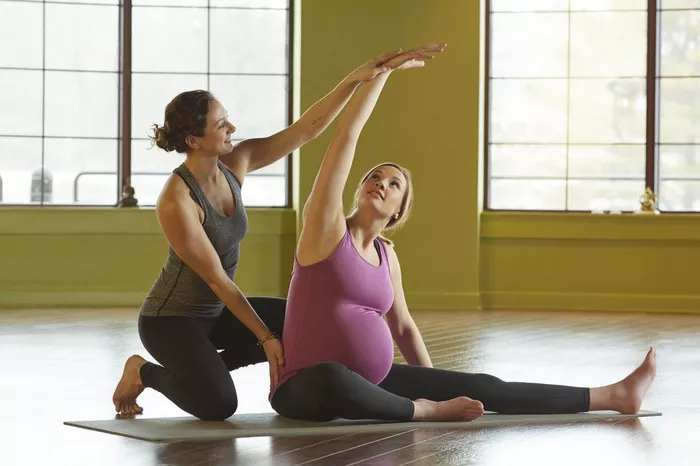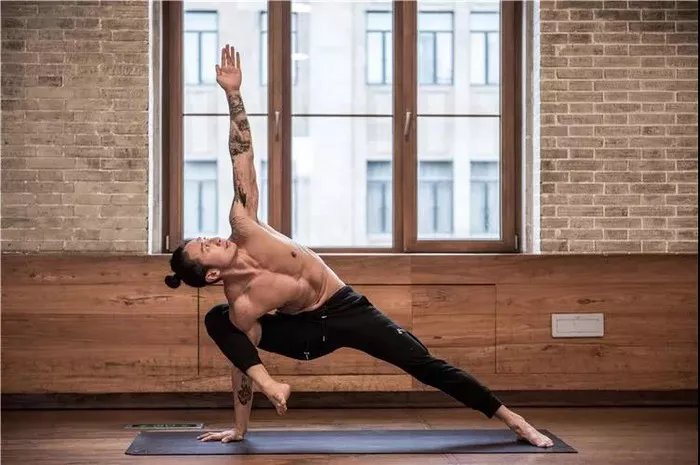Yoga is often portrayed as a peaceful, effortless practice where practitioners seamlessly flow from one pose to another with grace and ease. However, the reality for most people is quite different. Many struggle with yoga, whether it’s physical challenges, mental roadblocks, or emotional resistance. If you’ve ever felt frustration, discomfort, or even self-doubt on the mat, you’re not alone. Struggling with yoga is completely normal, and in fact, it is an integral part of the practice.
In this article, we will explore the common struggles people face in yoga, the reasons behind these challenges, and how to navigate them effectively.
Common Struggles in Yoga
Yoga presents unique challenges to every individual. Some struggle with the physical aspects, while others face mental and emotional hurdles. Here are some common struggles practitioners encounter:
1. Physical Limitations
Flexibility Issues: Many people believe they need to be flexible to practice yoga, but flexibility is a result of consistent practice, not a prerequisite. Initially, tight muscles can make poses feel uncomfortable or even impossible.
Strength Deficiency: Yoga requires significant strength, particularly in poses like Chaturanga Dandasana (Four-Limbed Staff Pose) or Bakasana (Crow Pose). Developing the necessary muscle endurance takes time.
Balance Challenges: Poses like Tree Pose or Warrior III require balance, which can be difficult if you lack core strength or proprioception.
Breath Control: Coordinating breath with movement is challenging, especially for beginners who may unconsciously hold their breath in difficult poses.
2. Mental Challenges
Frustration and Impatience: Many people expect immediate progress and get frustrated when they struggle with a pose or don’t see results quickly.
Overthinking: Instead of being present, some practitioners get lost in their thoughts, worrying about alignment, performance, or comparison with others in the class.
Fear of Falling or Failing: Trying inversions or advanced poses can be intimidating. Fear of injury or embarrassment often holds people back from progressing.
3. Emotional Resistance
Emotions Surfacing: Yoga has a way of bringing buried emotions to the surface. Certain poses, particularly deep hip openers, can release stored tension, leading to unexpected emotional reactions.
Self-Doubt and Insecurity: Negative self-talk can arise when comparing yourself to others or feeling like you’re not progressing fast enough.
Why Is Struggling with Yoga Normal?
Struggles in yoga are not just normal; they are necessary for growth. Yoga is not just about physical postures—it is a holistic discipline that challenges the body, mind, and spirit. Here’s why struggling is an essential part of the journey:
1. Yoga Challenges the Body to Adapt
Physical struggles signal that your body is adapting to new movements and building strength, flexibility, and endurance.
The discomfort experienced in poses teaches patience and perseverance.
2. Yoga Encourages Mental Growth
Learning to stay present despite frustration strengthens mental resilience.
Overcoming self-doubt in challenging poses fosters confidence.
3. Yoga Supports Emotional Healing
The emotional resistance you feel is an opportunity to release stored stress and trauma.
Yoga provides a safe space to process emotions and cultivate self-acceptance.
How to Navigate Struggles in Yoga
Instead of feeling discouraged by difficulties in yoga, view them as stepping stones to progress. Here are some strategies to help you embrace the struggle and move forward:
1. Practice Patience and Consistency
Progress in yoga takes time. Celebrate small improvements and trust the process.
A consistent practice, even if it’s just a few minutes a day, yields better results than sporadic, intense sessions.
2. Modify and Use Props
Yoga blocks, straps, and blankets are valuable tools to make poses more accessible.
Modify poses to suit your level rather than forcing your body into uncomfortable positions.
3. Cultivate Self-Compassion
Instead of criticizing yourself for struggling, acknowledge your effort.
Treat yourself with kindness, just as you would encourage a friend who is learning something new.
4. Focus on Breathwork
Conscious breathing (pranayama) helps calm the nervous system and makes challenging poses more manageable.
Use deep breathing to stay present and release tension.
5. Embrace the Journey, Not Just the Goal
Yoga is not about achieving the perfect pose but about the experience of practicing.
Every difficulty is an opportunity to learn something about yourself.
6. Seek Guidance and Support
Attending a guided class with a skilled instructor can help you refine your technique and stay motivated.
Connecting with a yoga community provides encouragement and reassurance that struggles are part of the process.
Conclusion
Struggling with yoga is entirely normal and, in many ways, beneficial. The challenges you face on the mat mirror the obstacles you encounter in daily life. Through patience, self-compassion, and consistent practice, you can overcome these struggles and experience the profound benefits of yoga.
Rather than resisting difficulties, embrace them as valuable lessons. Every stumble, every moment of frustration, and every deep breath taken in discomfort is a step toward growth and transformation. Yoga is not about perfection—it is about progress, self-awareness, and inner peace. So, if you find yourself struggling with yoga, know that you are on the right path. Keep showing up, and your practice will evolve in ways you never imagined.
Related Topics:
























